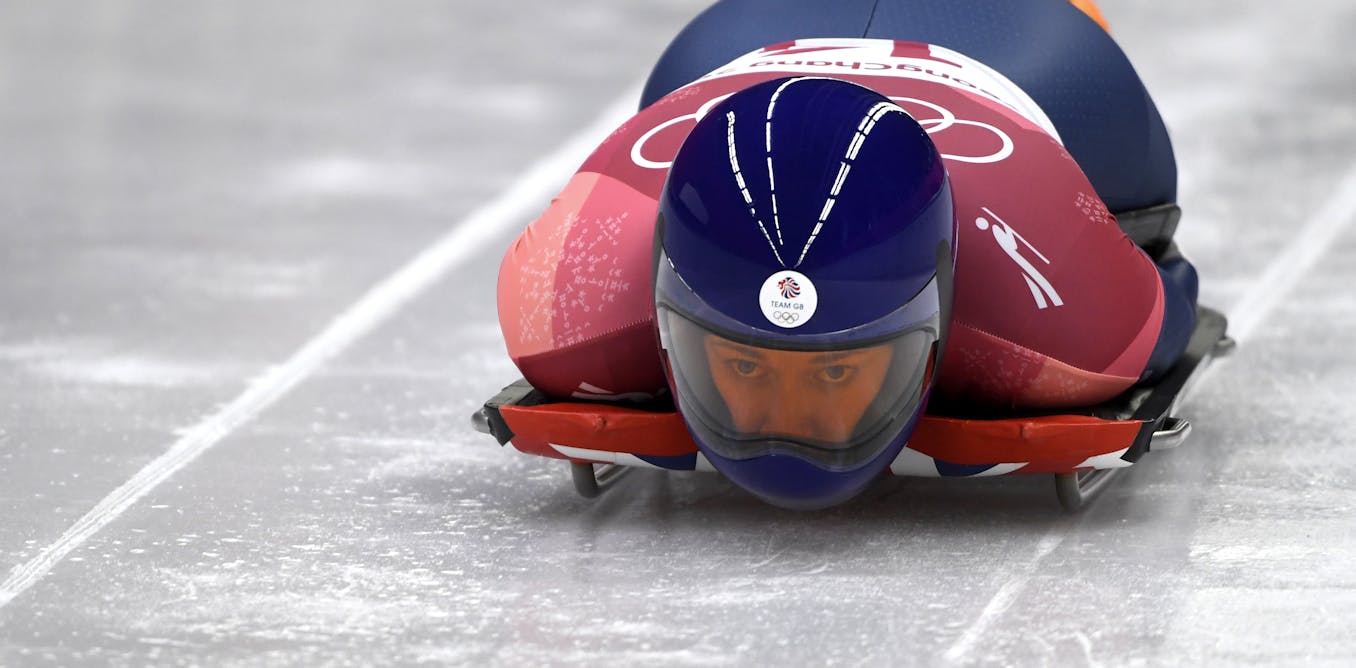
- Select a language for the TTS:
- UK English Female
- UK English Male
- US English Female
- US English Male
- Australian Female
- Australian Male
- Language selected: (auto detect) - EN
Play all audios:
2. COOLSCULPTING This popular alternative to liposuction uses freezing temperatures to destroy fat cells and recontour such areas as the belly, thighs and waist. CoolSculpting made headlines
in 2021 when supermodel Linda Evangelista claimed the procedure had created hardened lumps of fat that left her “permanently deformed.” Last July, Evangelista announced on Instagram that
she had settled a lawsuit with CoolSculpting. This side effect, called paradoxical adipose hyperplasia (PAH), happens when fat builds up at the treatment site after the procedure. PAH is
very rare, affecting fewer than 1 percent of people who have CoolSculpting. Allergan cites a PAH rate of 1 out of 3,000 treatments, or 0.033 percent, on the company website. Rokhsar has
seen it less than a handful of times in his practice. Yet it can be devastating when it does happen. Fortunately, PAH is treatable by a doctor, either by injecting the drug Kybella into
the area to destroy the unwanted fat cells or by performing liposuction to suck them out. PAH is unlikely to happen to you. It’s more likely the procedure won’t produce the look you were
seeking, Rokhsar adds. “If people are looking for dramatic results, they’re going to be disappointed with CoolSculpting. It’s very subtle contour improvement.” 3. FILLERS The most serious
risk with fillers is intravascular injection. “We have arteries that supply blood to our organ systems, including our skin,” Rokhsar says. “If you inadvertently inject into an artery, you’re
going to block the blood supply in that area.” Starved of its blood supply, the area of tissue dies, which doctors call necrosis. The skin can peel off, possibly leaving you permanently
disfigured. A blockage in the blood supply to the eye can cause blindness. Although this rare complication can happen with any doctor, an experienced provider will know how to recognize the
symptoms and treat them quickly, Rokhsar says. The doctor will stop the injection, try to remove the filler and improve blood flow to the affected area of skin. Hyaluronic acid fillers are
reversible with injections of the enzyme hyaluronidase. Over-plumped lips and cheeks are a less serious but aesthetically unpleasant side effect of fillers. “A lot of injectors don’t
understand facial anatomy and they don’t understand how the face ages,” says Theda Kontis, M.D., facial plastic surgeon at the Aesthetic Center at Woodholme in Baltimore and president of the
American Academy of Facial Plastic and Reconstructive Surgery. “If you put bulges where bulges don’t belong, it looks odd.” Some fillers fade on their own in a few months. Others take years
to disappear, underscoring the need to find a doctor who understands the contours of your face and the results you’re seeking. Top photo: The lumps under this patient’s eyes are from
misplaced filler. Bottom photo: Rokhsar corrected the problem by dissolving the filler, moving it into the right places, and then tightening the woman's skin using a laser. Courtesy Dr.
Roshkar 4. LASER SKIN RESURFACING This procedure uses intense beams of light to remove damaged layers of skin, reducing the appearance of fine lines and wrinkles, acne scars and age spots
in the process. The biggest risks with laser skin resurfacing are burns, scarring and infection. Some lasers, like the carbon dioxide (CO2) laser, require an especially skilled hand. “CO2
laser resurfacing can give very dramatic results for patients in terms of wrinkles and skin tightening, but you have to have somebody who is very experienced,” Rokhsar says.







